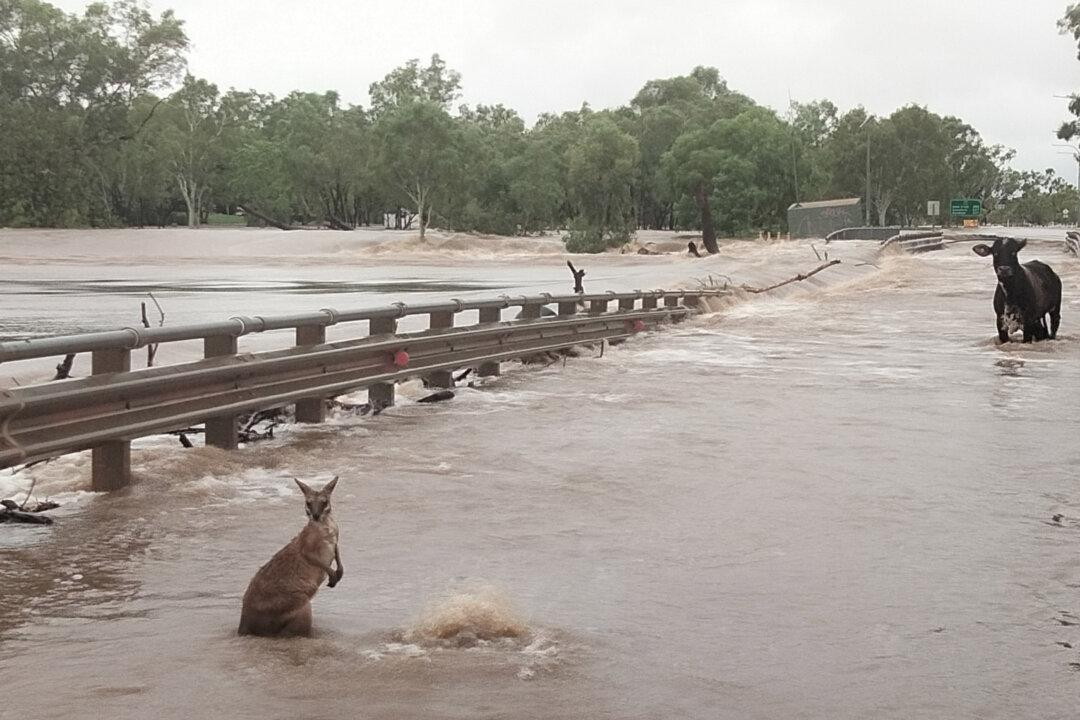Barely four months have passed since record floods swamped the Kimberley, but the region is already burning.
For those unfamiliar with Western Australia’s remote and rugged north, it’s hard to fathom it could be dry enough to ignite.

Barely four months have passed since record floods swamped the Kimberley, but the region is already burning.
For those unfamiliar with Western Australia’s remote and rugged north, it’s hard to fathom it could be dry enough to ignite.